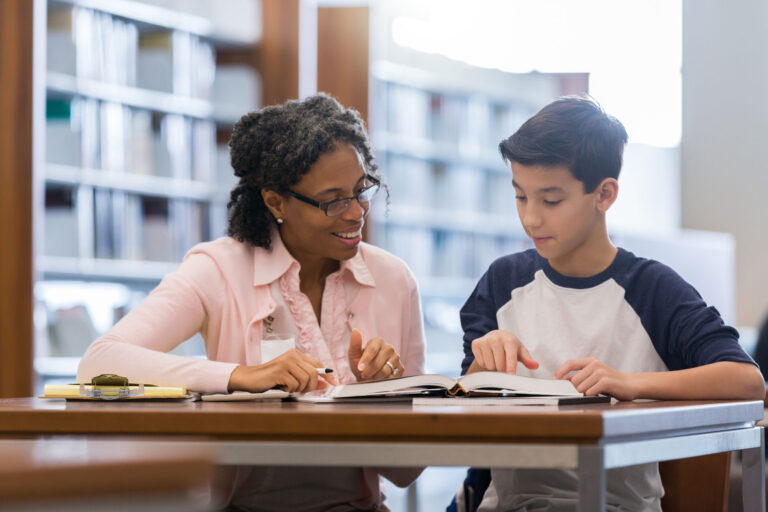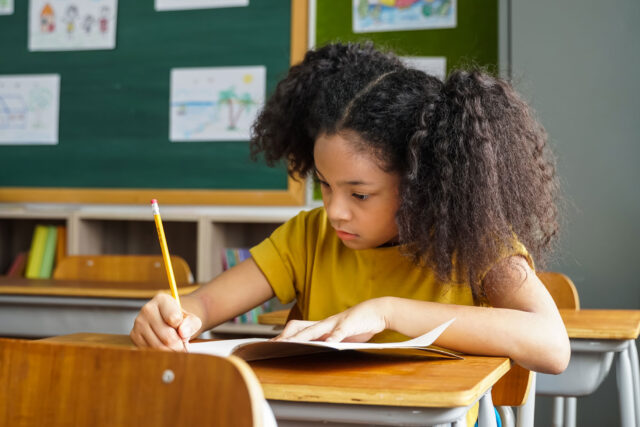Many students in groups severely impacted by the pandemic did not attend 2022 summer programs, programs that offer additional learning time to accelerate students’ academic progress. Now major federal and state recovery programs are providing districts significant resources to implement evidence-based strategies to address the impact of this lost instructional time.
Nationally, 70% of public schools offered summer learning or enrichment programming in 2022, and 69% required certain students (such as credit deficient students) to attend summer programs. Of districts requiring students to attend, 34% offered high-dosage tutoring—one-on-one tutoring, tutoring in very small groups at least three times a week, or tutoring for about 50 hours over an academic term. Schools with higher shares of students of color were more likely to offer summer school, while schools with high shares of students living in poverty were most likely to offer summer school with high-dosage tutoring embedded.
In California, nearly 30% of students attended 2022 summer programs, on par with the national average, and Some large districts had many more enrollees than in pre-pandemic years. Overall, about one in ten California students participated due to poor grades, and a similar share did so to catch up on lost learning time during the pandemic. About 8% of students enrolled in school-led subject area camps (like math, science, or reading) and 7% worked with private tutors to catch up on lost learning time.
Across student groups, Latino students (36%) and low-income students (35%) were more likely to enroll in summer programs, which reflects the disproportionate academic impact of the pandemic. Black and Asian students were least likely to participate (19%), but of those who did attend, Black students were as likely as Latino students to do so due to lost learning time (12%).
Despite lower rates of academic proficiency in math and English Language Arts, Black students (10%) were less likely to attend summer school due to poor grades than Latino students (14%) who were most likely to participate due to poor grades. While it’s unclear whether Black students had equitable access to summer programs, such as reliable transportation to the programs, parents may have underestimated their students’ need to attend these programs. In March 2022, parents were typically less concerned than school staff about students meeting academic standards.
Low-income students were more likely to participate in summer school for poor grades (16%) and as likely as middle-income students to attend to catch up on lost learning time.
To help schools implement quality summer programs, federal and state investments are providing significant resources, particularly the Elementary and Secondary School Emergency Relief (ESSER III) and Expanded Learning Opportunities Grant (ELO-G). Schools may continue to rely on summer programs in coming years to supplement learning during the traditional school year, so understanding which types of programs are most effective at reaching students who need extra learning support can inform future planning.
Early work shows districts are leveraging the investments to expand educational opportunities to low-income students, English learners, and foster youth—often with a focus on recovering from pandemic impacts such as learning loss and social and emotional learning. While prior research has shown that summer programs can accelerate learning, our upcoming research will examine the extent to which summer programs are helping to narrow the inequities widened by the pandemic.
The research reported here is supported by the Institute of Education Sciences, U.S. Department of Education, through grant R305X220028 to the Public Policy Institute of California. The opinions expressed are those of the authors and do not represent views of the Institute or the U.S. Department of Education.





